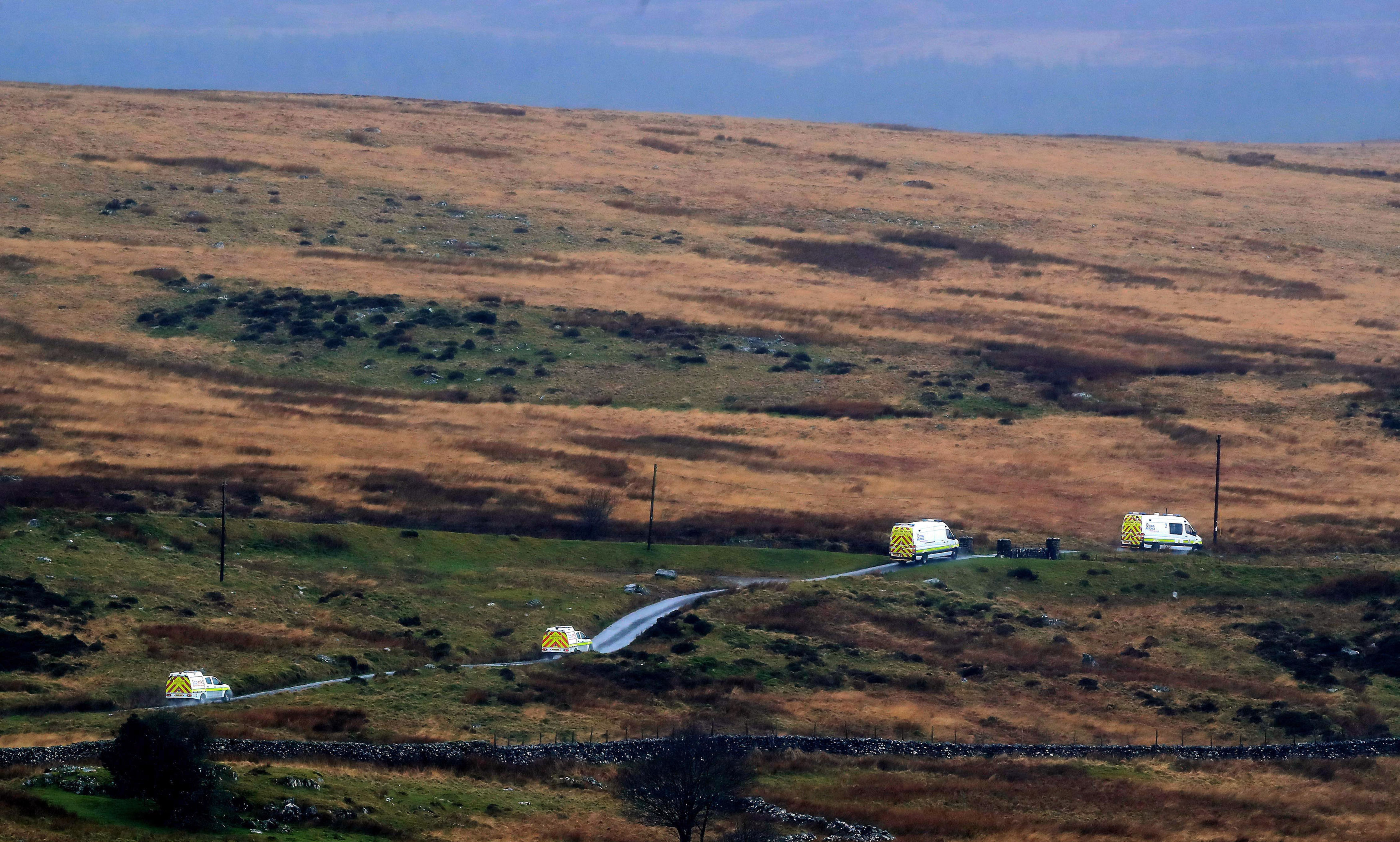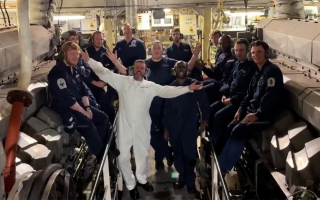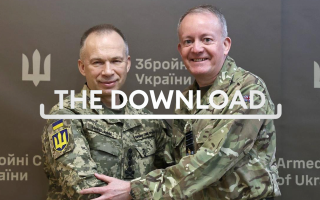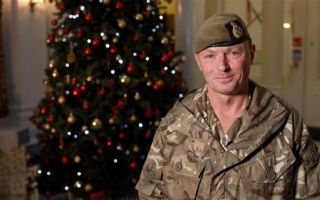How The RAF Saves Lives After Aircraft Accidents
For 75 years, the RAF Mountain Rescue Service (MRS) has been providing the British military's only all-weather search and rescue asset for locating downed aircraft, rescuing crew and securing crash sites.
Three teams, stationed at RAF Valley, RAF Lossiemouth and RAF Leeming, are ready to respond 365 days a year and also support civilian teams helping the public.
For RAF Valley MRS, most of their rescues involve members of the public whose time in the mountains have taken a turn for the worst, Sergeant Natasha Corns says:
"Generally, the callouts that we attend are fallen walkers, ankles, stuff like that."
Watch: On the ground with RAF Valley MRT troops
The RAF Mountain Rescue teams were founded during in 1943 to rescue downed airmen and their primary role remains unchanged. Sergeant Ben Wood says:
"Our unique selling point is military aircraft incidents, so the search and rescue of ejectee pilots and the post-crash management of the aircraft."
This specialist training was put to test when the team deployed as part of a massive search operation for a civilian helicopter that crashed in Snowdonia last year.
They were also involved in site management and recovery of an RAF Griffin helicopter which burst into flames after an emergency landing, miraculously all the crew escaped unhurt.
The team is made up of permanent staff on two to three-year attachments and military volunteers who have a different trade during the week.
In order to maintain and develop their specialist skills, everyone is expected to spend over 30 weekends per year training and give up their own time to ensure the team delivers on-call assistance, 24 hours a day, 365 days a year.
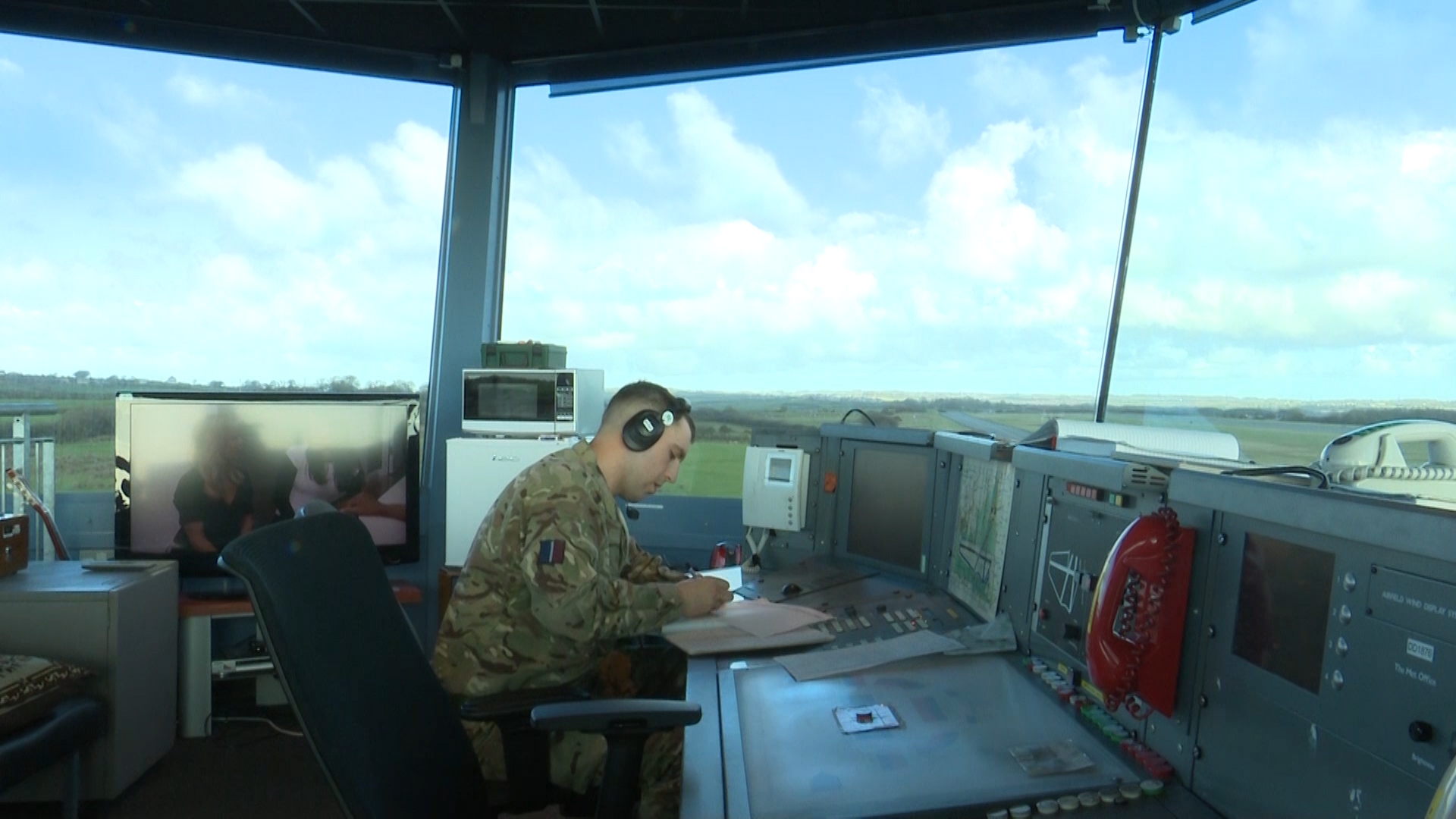
For Senior Aircraftman Rob Brown, MRS provides an opportunity to gain a new skillset and its unique setup within the RAF provides a flexible structure for the team to work:
"My primary role is air traffic control here at Valley...I only train at the weekends and will get released from work if I'm required for a call out."
